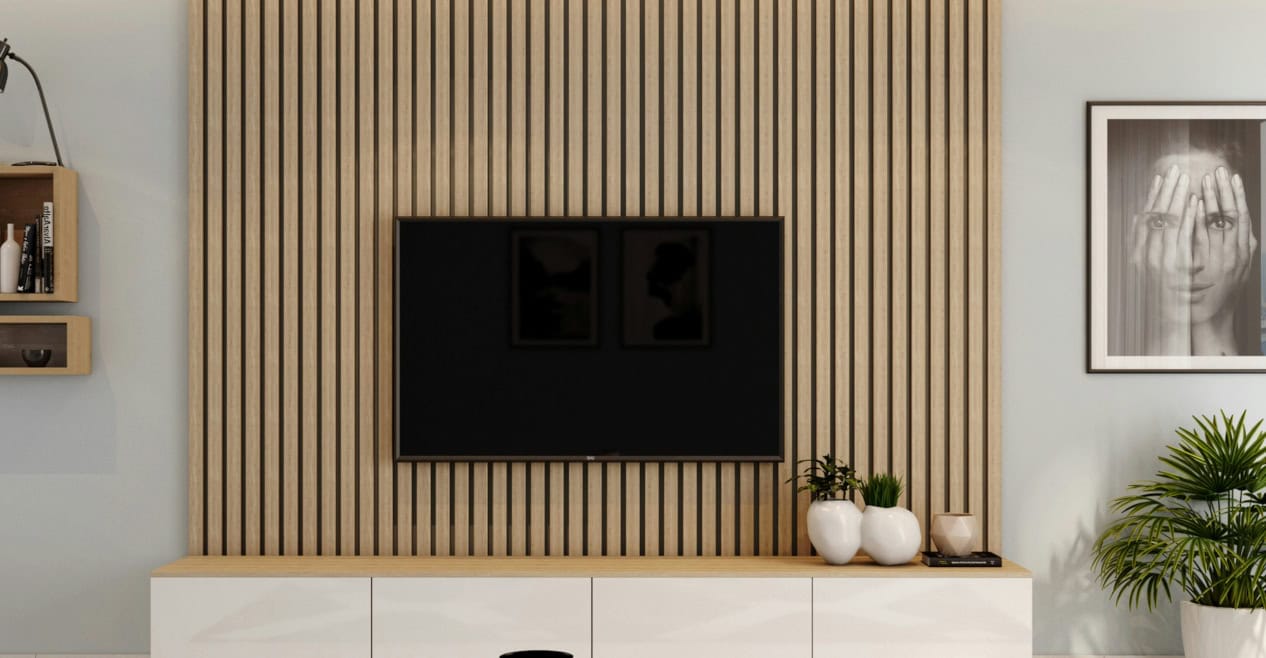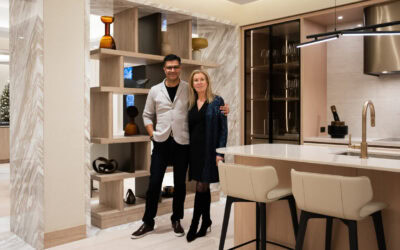For those who crave simplicity and order, minimalist home interiors offer a sanctuary of calm and clarity. It’s both a design style and lifestyle that promotes mental clarity by illuminating clutter and unnecessary belongings.
Neutral color scheme
A neutral color palette is the foundation of any minimalist home. Whites, grays, and beiges dominate these spaces, providing a clean canvas that allows furniture and decor to shine without overwhelming the senses. When selecting paint and furnishings, opt for muted tones that complement each other seamlessly. These colors create a soothing atmosphere that encourages relaxation and focus.
Open layouts
Minimalist interior layouts should be open and occupied by empty space. Arrange furniture to maximize utility and accessibility, ensuring every piece serves a purpose. An open layout encourages movement and interaction, making it ideal for families or social gatherings.
Rooms with fewer walls and barriers allow light to flow, making spaces feel larger and more inviting. When planning your space, consider removing unnecessary partitions to enhance the sense of freedom.
Emphasis on functionality
In minimalist design, functionality takes precedence over form. Every item in your home should have a practical use, eliminating the need for superfluous decor. Furniture should be chosen not only for its aesthetic appeal but also for its ability to meet daily needs. Look for multi-purpose pieces, such as storage ottomans or extendable dining tables.
Clutter-free
A clutter-free environment is essential in minimalist design. Removing unneeded items creates a sense of order and tranquility, which is essential for mental well-being. Declutter each room, keep only what you love or need, and find designated spaces for everything. This practice enhances your home’s visual appeal and simplifies cleaning and maintenance.
Sleek lines and flat surfaces
Minimalist aesthetics prioritize sleek lines and plain surfaces. Furniture with clean, straight edges often suits this style best. Choose pieces with simple silhouettes and avoid intricate designs that distract the eye.
For example, when designing a minimalist kitchen, prioritize cabinetry with flat fronts and concealed handles for a streamlined appearance. Additionally, ensure countertops remain clear of unnecessary items to maintain an uncluttered look.
Designing a minimalist interior is a rewarding endeavor that offers long-lasting benefits. Remember this lifestyle’s key visual elements and core beliefs as you select sophisticated, practical pieces for your minimalist home.
Top photo by sheela sahani on Unsplash

Christina Duron is a writer with a passion for luxury experiences. As a Taurus, she believes that a little luxury and comfort are essential to the everyday. She enjoys writing about real estate and vacations. She believes that treating oneself can be a great way to add joy and beauty to their life.








